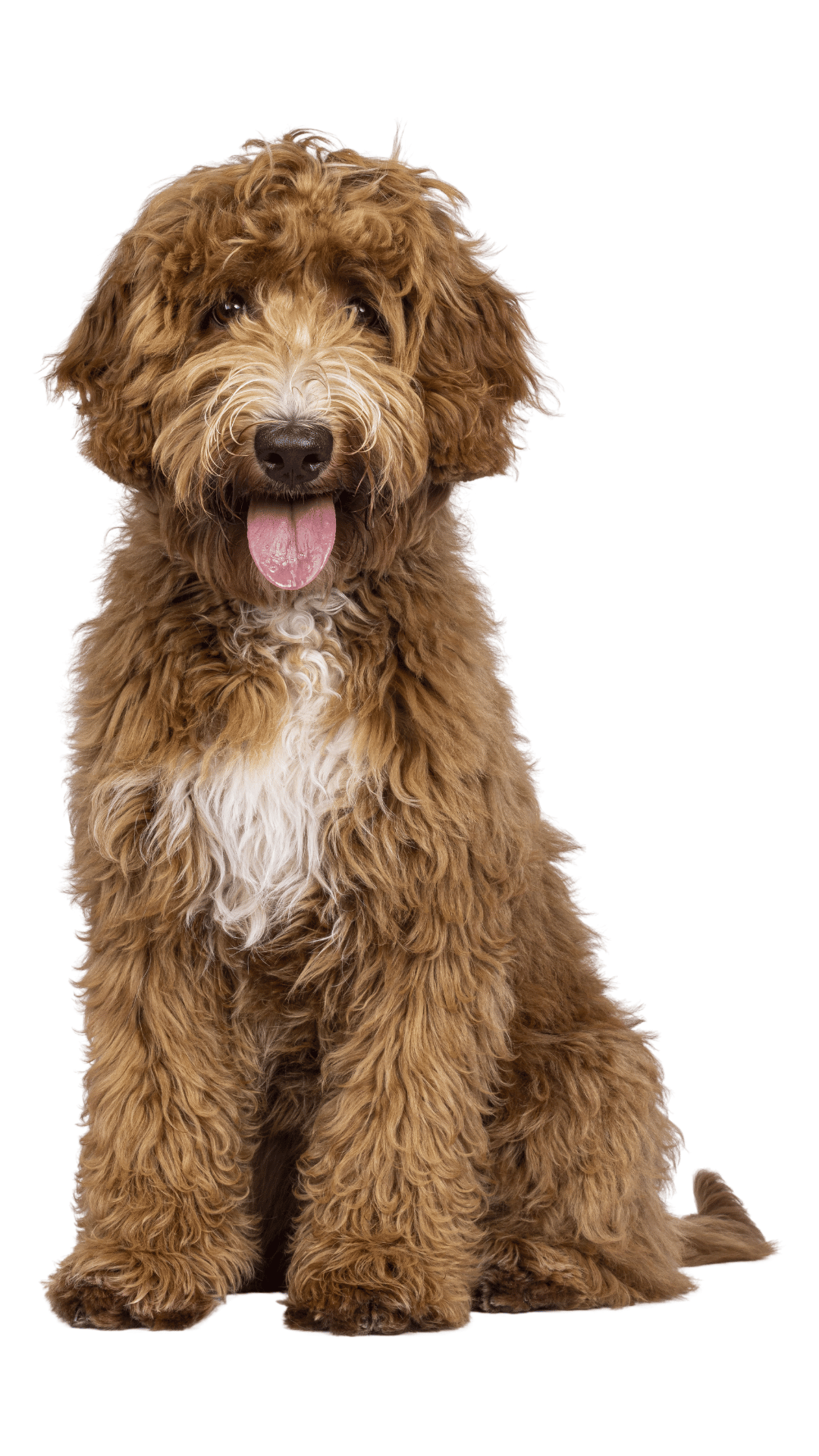How To Get The Haircut You Want for Your Dog at the Groomers
Understanding how to communicate effectively with your dog groomer is crucial, whether you're exploring a new grooming service or are a newcomer to the expanding dog owner community in Australia. This communication is essential for your dog's well-being and ensures that your groomer can deliver the results you desire.
Dog grooming demands a significant amount of compassion and empathy, reaching beyond just caring for your furry companions to also encompass you as their owner. Believe us when we tell you that your dog groomer genuinely desires to fulfill your requests, and we're eager to assist both you and your pet in achieving that goal.
KEY COMMUNICATION INSIGHTS
Your dog groomer can’t do in two hours what wasn’t done in two months. If your dog hasn't been consistently brushed between grooms, your groomer will be unable to de-mat and achieve a longer haircut. This is less about the time constraint (although this does play a factor) but more about the safety and the wellbeing of your dog. It’s not fair to ask a dog to sit through the discomfort and pain that comes with extensive de-matting. We have a fabulous and did we mention FREE tutorial on how to correctly brush your dog between grooms here.
“Short” doesn’t give your dog groomer much information, as ‘short’ is open to interpretation. Most dog groomers will work through this with you to make sure you’re both on the same page, but terms such as “half-off”, “short but fluffy” or “shaved short” can give your groomer some more direction. Similarly, if you have found a length you like, don’t be afraid to ask them what size blade they used! If you’re lucky, your dog groomer will have a copy of The Cloud Grooming Guide to help you see exactly what each blade or extension comb length will translate to, coat type depending.
The behavior of a dog significantly influences the outcome of the grooming session. This isn't limited to just aggressive dogs; even dogs with anxiety or high stress levels can pose challenges during grooming. For example, if your dog excessively pants when stressed, your groomer may not be able to produce a perfectly round teddy bear face, as it may be unsafe to hold the mouth closed for extended time periods.
A picture is worth a thousand words! Bringing a picture along to your grooming appointment can take the guess work out of the intake process. If you are thinking of doing this, we do recommend finding a picture in the same breed as your dog, as coat types change quite dramatically across breeds and not all haircuts can be achieved on all dogs. Your dog groomer will be able to explain to you whether or not the cut is achievable, and why. It may even be that the cut is not achievable at this appointment, but possibly the next one with a little more growth and correct maintenance at home.
Your dog groomer needs to know about any changes in your dog's physical and behavioural condition, even if they haven't met them before. Small changes become big changes on the grooming table, especially when sharp tools are involved.
BEST PRACTICE CHECKLIST
10 Things Your Groomer Needs to Know! Your groomer works as a mouthpiece between you and your dog. Grooming a dog has many elements, and you can assist your groomer and dog by communicating the following:
1) Let your groomer know about any health changes since the last groom. Small changes can make a big difference to the grooming process, this information is helpful for both dog and groomer.
2) Let your groomer know if your dog has had any behavior changes since the last groom. Your groomer and your dog will benefit from this knowledge. Additionally, if there have been any changes in the household, this can also be pertinent information. The addition of a new baby or a long term house guest can affect a dog's demeanor.
3) Explain to your groomer exactly what you want to achieve with each groom. Managing expectations is a large part of grooming. Your groomer will work with you to get the best result for each groom.
4) Does your dog have fleas? Please let your groomer know so other dogs and humans are protected. Your groomer will work with you to find the best solution to a flea infestation.
5) Let your groomer know if your dog has not toileted before a groom. A full belly or bladder can be extremely uncomfortable for your dog during the groom.
6) Can your dog have treats? Some dogs have allergies or are intolerant of some treats. If your dog cannot have treats, please let your groomer know.
7) Does your dog require a specific shampoo? Work with your groomer to find a shampoo and conditioner that is best for your dog.
8) Does your dog react to clippers around the sanitary area? A short blade is used here and can sometimes irritate your dog.
9) Is there anything you think your groomer should know after the groom? Is he scratching or upset? Your groomer can help alleviate any untoward behaviours after the groom.
10) Tell your groomer in advance what time you will be available to collect your dog, and ensure the appointment time is suitable. Dogs are often keen to go home after a groom.
Finally, remember you’re both on the same team! Ultimately, both you and your dog groomer only want what is best for your dog. Teamwork makes the dream work. It’s much easier to kick goals when you’re playing on the same team.
YOU MIGHT ALSO LIKE





